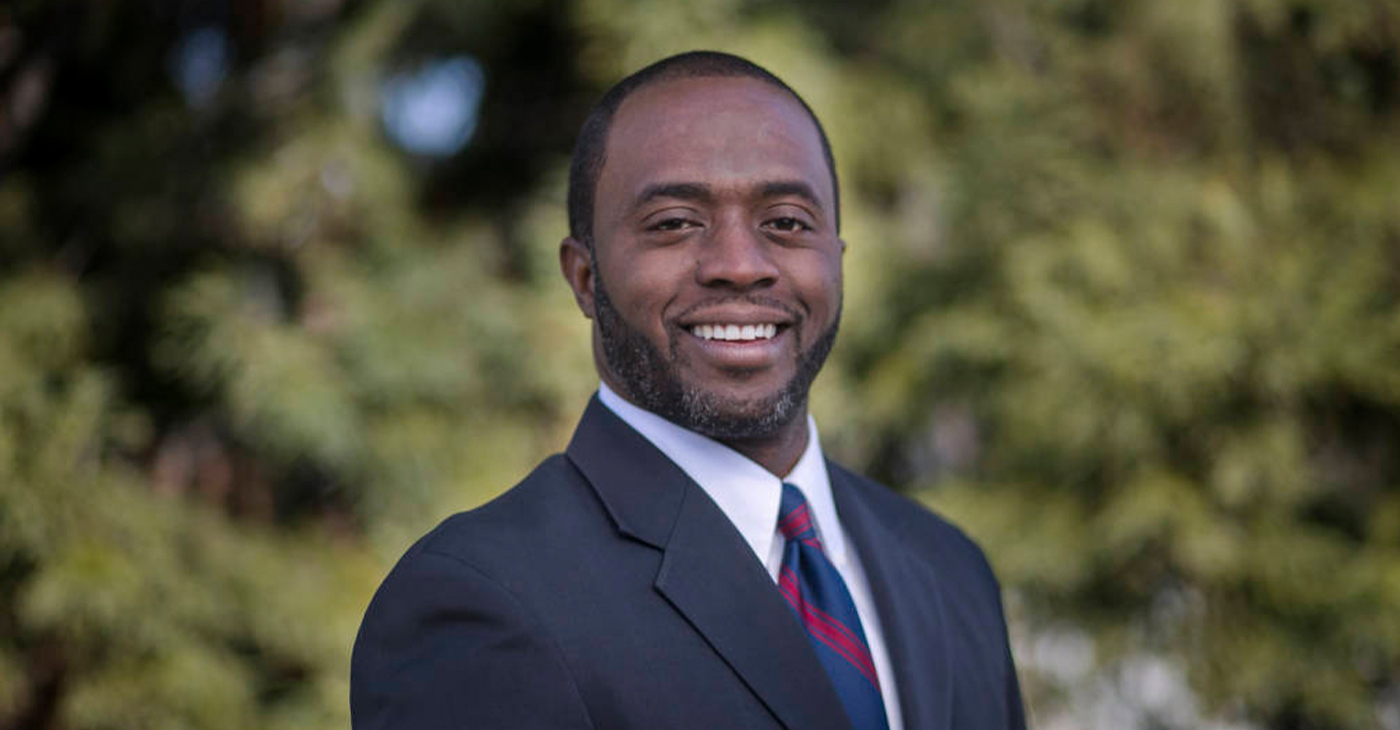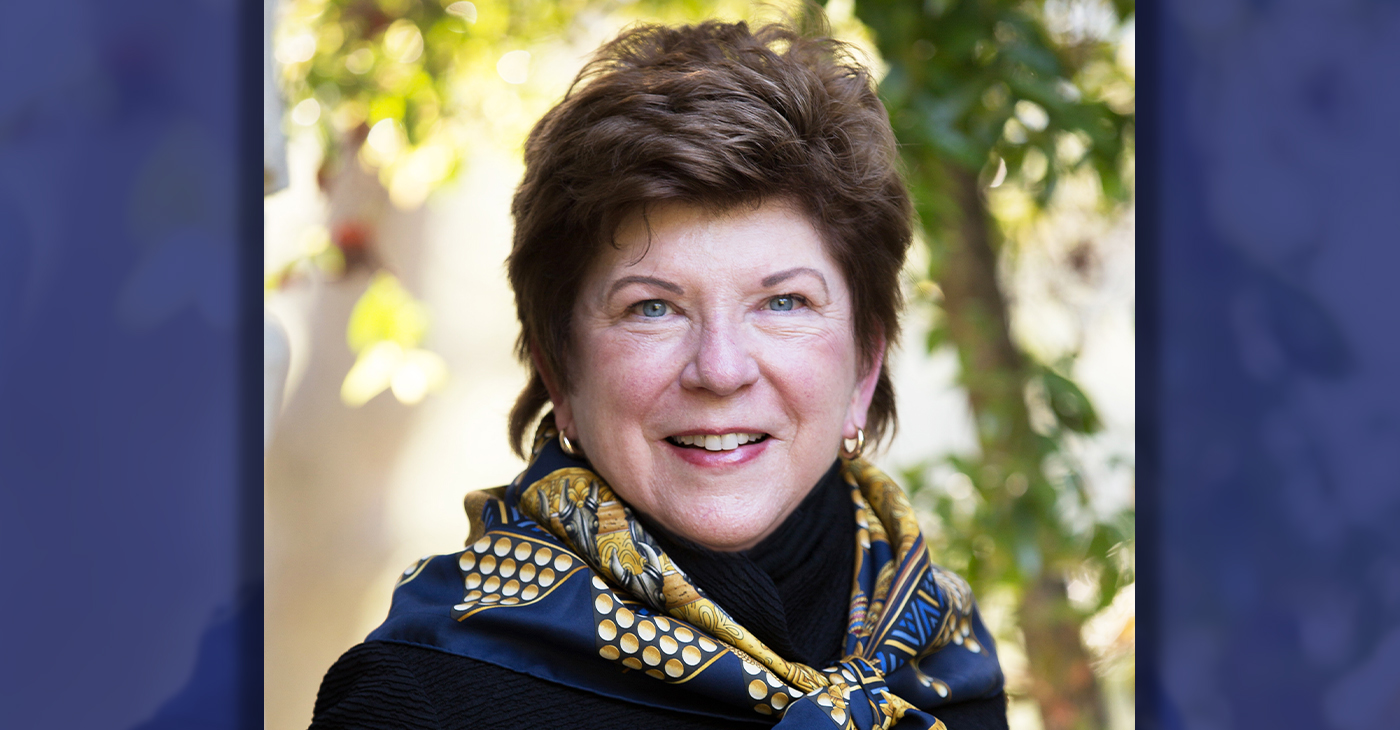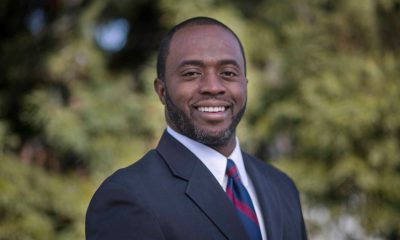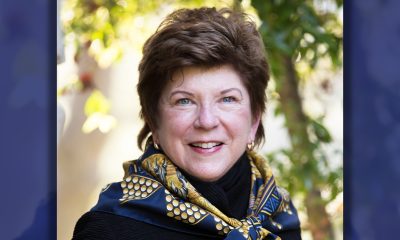City Government
Opinion: Can These Powerful Black Leaders Join Forces to Close the Achievement Gap for Black Children?

When California Superintendent of Public Instruction Tony Thurmond announced the English language arts and math results of the California Assessment of Student Performance and Progress (CAASPP) test last month, we found out that African-American students’ scores lagged behind the much higher marks their white, Asian and Hispanic peers obtained.
Statewide, just over 40 percent of all public school students met or exceeded standards in math and 51 percent were proficient in English.
Of those numbers, only 21 percent of African-American students were proficient in math, compared with 74 percent of Asian-American students, 54 percent of white students, and 29 percent of Hispanic students. In English, only 33 percent of African-American students were proficient. Compare that with 77 percent of Asian-American students 64 percent of white students, and 41 percent of Hispanic students.
Five years ago, California adopted the CAASPP assessment tests. Each year since then, our African-American student scores have ranked at the bottom of the results of all racial subgroups in the state.
During that time, the achievement gap between Black students and their white and Asian peers has seen only marginal improvement, while getting wider between our children and their Hispanic counterparts.
What gives?
Today, our key Education Leaders in California are African American. They are State Superintendent of Public Instruction Tony Thurmond, ; President of the State Board of Education, Dr. Linda Darling-Hammond; President of the California Teachers Association, E. Toby Boyd; Board Chair, California Charter School Association, Margaret Fortune and President California School Board Association, Emma Turner .
We need these leaders to come together to propose a functioning system that will guide those working hard to achieve results for African-American students in our state.
The achievement gap between African-American and white students was first acknowledged over 50 years ago in a 1966 federal government study called the Coleman Report. The United States Congress commissioned the report after it passed the 1964 Civil Rights Act.
Since then, education researchers and practitioners have been hard at work trying to identify the causes and propose what can be done to address it. Despite decades of education reform efforts and billions of dollars spent in federal, state and local funding, the achievement gap persists.
Ronald Edmonds, the late Harvard education researcher, said 40 years ago, “We can, whenever and wherever we choose, successfully teach all children whose schooling is of interest to us. We already know more than we need to do that. Whether or not we do it must finally depend on how we feel about the fact that we haven’t so far.”
To Edmonds and education experts like him, closing the achievement gap is absolutely solvable. The fact that little progress has been made to narrow it can be attributed more to the absence of political will than to any lack of social science research on the problem.
The social factors that contribute to the achievement gap and the actions necessary to close it have been well studied, but public policymakers tend to avoid or overlook the data and recommendations that could cost them any political capital.
For example, in 2013 California revamped education funding to provide extra money for school districts with large numbers of “high-needs” students, mostly kids from poor families or foster children and “English-learners.”
The Local Control Funding Formula (LCFF) pushed expenditure decisions down from the state to local school districts because Gov. Jerry Brown and the Legislature believed that those closest to the day-to-day operation of schools were best suited to identify what their students needed and would work best for them.
However, this has proven not to be the case, particularly when it comes to the performance of Black students in California.
When the California Department of Education first introduced the new public education finance system in 2013, some lawmakers warned that the LCFF did not provide mechanisms to adequately track how local school officials would spend funds. Gov. Brown and groups representing school districts shot down attempts by legislators like Assemblymember Shirley Weber (D-San Diego) to address that concern.
This month, California State Auditor Elaine Howle announced that her office’s recent examination of LCFF spending found that the system lacked sufficient oversight and accounting controls, confirming Weber’s reservations. Realizing that there has been very little progress toward closing the achievement gap despite the state having redirected billions of dollars to help solve it, may finally force lawmakers to now consider passing the kind of legislation Weber initially proposed.
Edmonds, who was African American, made the observation that progress toward resolving the achievement gap might not happen as quickly as it could because of how hite policymakers viewed the issue. He did not question their sincerity about solving it, but was concerned about how they would approach it given biases they might have.
Working with legislators like Dr. Weber, we will begin to close the achievement gap.
Alameda County
Board of Supervisors Accepts Certification of Signatures, Will Schedule Recall Election May 14
The Alameda Board of Supervisors unanimously accepted the certification of the results of the valid signatures submitted for the recall of District Attorney Pamela Price on Tuesday evening. The Board will set the election date at a special meeting on May 14. Before the meeting, recall proponents and opponents held separate press conferences to plead their cases to the Board and residents of Alameda County.

By Magaly Muñoz
The Alameda Board of Supervisors unanimously accepted the certification of the results of the valid signatures submitted for the recall of District Attorney Pamela Price on Tuesday evening. The Board will set the election date at a special meeting on May 14.
Before the meeting, recall proponents and opponents held separate press conferences to plead their cases to the Board and residents of Alameda County.
Price, who up until this point has made little public comment about the recall, held her press conference in Jack London to announce that the California Fair Political Practices Commission has opened an investigation into the finances of the Save Alameda For Everyone (SAFE) recall campaign.
The political action committee (PAC), Reviving the Bay Area, has been the largest contributor to the SAFE organization and has allegedly donated over half a million dollars to the recall efforts.
“Between September 2023 and November 2023, [Revive the Bay Area] donated approximately $578,000 to SAFE without complying with the laws that govern all political committees in California,” Price said.
Price accused the recall campaigns of using irregular signature-gathering processes, such as paying gatherers per signature, and using misleading information to get people to sign their petitions.
SAFE held their own press conference outside of the Alameda County Administration Building at 1221 Oak St. in Oakland, once again calling for the Board to certify their signatures and set a date for the recall election.
Their press conference turned contentious quickly as Price’s “Protect the Win” supporters attempted to yell over the SAFE staff and volunteers. “Stop scapegoating Price” and “Recall Price” chants went on for several moments at a time during this event.
Families of victims urged the Board to think of their loved ones whose lives are worth much more than the millions of dollars that many opponents of the recall say is too much to spend on a special election.
The Registrar of Voters (ROV) estimates the special election could cost anywhere from $15 to $20 million, an amount that is not in their budget.
The Board was presented with several options on when and how to conduct the recall election. They have to set a date no less than 88 days or more than 125 days after May 14, meaning the date could fall anywhere from late July to September.
But the County charter also states that if a general election takes place within 180 days of their scheduling deadline, the Board could choose to use the November ballot as a way to consolidate the two events.
In the event that Price is recalled, the Supervisors would appoint someone to fill the vacancy, though neither the County nor the California charter specifies how long they would have to pick a replacement.
The appointee would serve as district attorney spot until the next election in 2026. Afterwards, either they, if they run and win, or a newly elected candidate would serve the rest of Price’s six-year term until 2029. Price is unique as the only district attorney wo serves a term of six years.
The Board acknowledged that they knew last fall that this recall would come with its own set of complications when Measure B, which changed the local recall charter to match California’s, was first brought to their consideration.
Supervisors Nate Miley and David Haubert opposed discussing the measure, stating that the public would think that the Board was attempting to influence the recall campaign that had already taken off months prior.
“I think ultimately this feels like it’s going to end up in court, one way or the other, depending on who files what,” Haubert said.
Price’s legal team told the Post that the district attorney intended to consider all legal options should the recall election take place.
Miley stated that while he was in support of the amendment to the charter, he did not think it was right to schedule it for the March ballot as it would ultimately cause confusion for everyone involved.
“It has produced some legal entanglements that I think, potentially, could’ve been avoided,” Miley said.
California Black Media
State Ed Chief Tony Thurmond Pushes Bill to Train Educators
State Superintendent of Public Instruction (SSPI) Tony Thurmond is advocating for comprehensive training for teachers in reading and math, emphasizing the urgent need to improve student academic outcomes across California. On April 24, during testimony in the Senate Education Committee, Thurmond backed Senate Bill (SB)1115, which aims to provide evidence-backed educator training. The committee passed the bill with a 7-0 vote.

By California Black Media
State Superintendent of Public Instruction (SSPI) Tony Thurmond is advocating for comprehensive training for teachers in reading and math, emphasizing the urgent need to improve student academic outcomes across California.
On April 24, during testimony in the Senate Education Committee, Thurmond backed Senate Bill (SB)1115, which aims to provide evidence-backed educator training. The committee passed the bill with a 7-0 vote.
Thurmond pointed out to the committee that existing funding for educator training in literacy and math only covers about one-third of California’s educator workforce. SB 1115, Thurmond said, would fund the remaining two-thirds.
“This is an issue of moral clarity,” according to Thurmond. “In the fifth-largest economy in the world, and in an age when we have access to substantial brain science about how students learn, it should be unacceptable to train only some educators in the best strategies to teach essential skills.”
SB 1115 incorporates multiple research-backed methods, including phonics, and it aligns with the California ELA/ELD Framework, which encourages biliteracy and multilingualism.
Thurmond emphasized the moral imperative behind the push for enhanced training by noting that 70% of incarcerated adults struggle with reading or are illiterate.
“Every child should feel supported as they learn to read and every teacher should feel confident in their ability to support students’ foundational literacy,” Thurmond said. “SB 1115 is about ensuring that all children have the opportunity to read by third grade, and that all children have a shot at the life-changing outcomes that come from early literacy.”
The next step for SB 1115 is a hearing in the Senate Appropriations Committee on May 6.
Bay Area
Obituary: Former California Education Superintendent Delaine Eastin Passes at 76
Delaine Eastin, who served as a former state Assemblymember representing parts of Santa Clara and Alameda County — and the first woman elected as State Superintendent of Public Instruction — died at age 76 on April 23. Eastin passed away from complications caused by a stroke.

By California Black Media
Delaine Eastin, who served as a former state Assemblymember representing parts of Santa Clara and Alameda County — and the first woman elected as State Superintendent of Public Instruction — died at age 76 on April 23.
Eastin passed away from complications caused by a stroke.
Known for her power of persuasion, Eastin used her influence to be a champion for bipartisan issues that helped raise academic standards, lower class sizes, and emphasize the importance of conserving nature and the environment in schools.
Former Assembly Speaker Willie Brown and fellow legislative colleagues said that Eastin was in demand on the speech circuit while serving as a legislator.
“Few could engender the kind of emotion and passion she delivered in every speech,” Brown said.
State superintendent Tony Thurmond called Eastin a trailblazer who inspired fellow public servants.
“California lost an icon in our school system today. Delaine Eastin’s legacy as a trailblazer in public education will forever inspire us. Her unwavering dedication to California students — from championing Universal Preschool and the “A Garden in Every School” program to honoring our educators by establishing the California Teachers of the Year Awards — has left an indelible mark on our state’s educational landscape,” said Thurmond.
Thurmond honored Eastin’s legacy at the California Teacher of the Year Program, an honor that she established during her time as superintendent.
-

 Community2 weeks ago
Community2 weeks agoFinancial Assistance Bill for Descendants of Enslaved Persons to Help Them Purchase, Own, or Maintain a Home
-

 Activism4 weeks ago
Activism4 weeks agoOakland Post: Week of April 3 – 6, 2024
-

 Business2 weeks ago
Business2 weeks agoV.P. Kamala Harris: Americans With Criminal Records Will Soon Be Eligible for SBA Loans
-

 Community2 weeks ago
Community2 weeks agoAG Bonta Says Oakland School Leaders Should Comply with State Laws to Avoid ‘Disparate Harm’ When Closing or Merging Schools
-

 Activism3 weeks ago
Activism3 weeks agoOakland Post: Week of April 10 – 16, 2024
-

 Community2 weeks ago
Community2 weeks agoOakland WNBA Player to be Inducted Into Hall of Fame
-

 Community2 weeks ago
Community2 weeks agoRichmond Nonprofit Helps Ex-Felons Get Back on Their Feet
-

 Community2 weeks ago
Community2 weeks agoRPAL to Rename Technology Center for Retired Police Captain Arthur Lee Johnson

















































